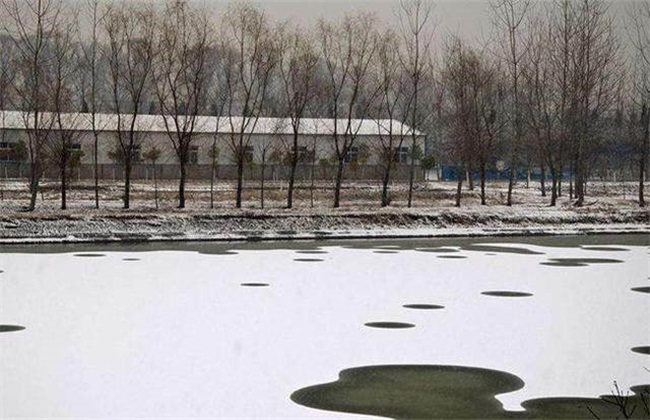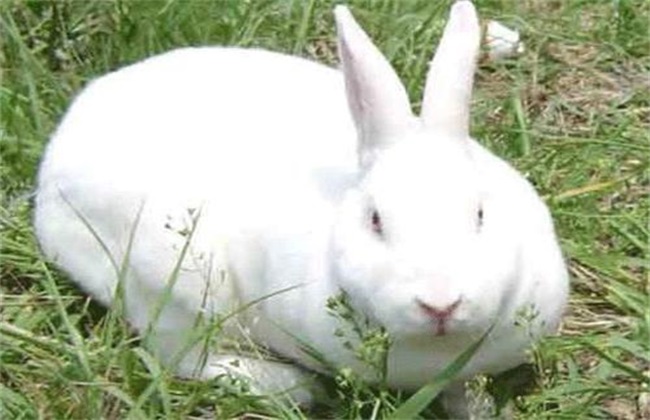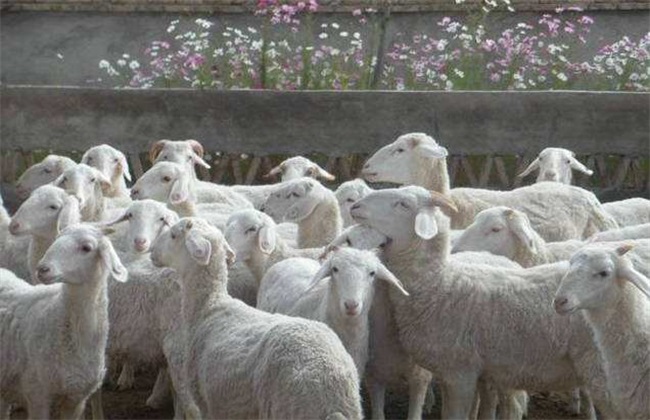How to increase oxygen in fish ponds in winter
With the decrease of temperature, it is now gradually winter, and the water temperature of fish ponds in winter is very low. Especially in the north, fish ponds are prone to ice. After the fish pond freezes until before thawing, the fish pond is easy to lack of oxygen, which is very disadvantageous to the growth of fish. So how to increase oxygen in fish ponds in winter? Today, the editor will give you a brief introduction. Let's take a look at it.

1. Breaking ice to increase oxygen
When aerating the fish pond in winter, if the surface of the fish pond freezes, then the first thing we need to do is to break the ice in the fish pond. And in order to maintain sufficient dissolved oxygen in the fish ponds, the ice should be broken at least twice a day. According to the area of the pond to control the size of the ice hole, generally a mu of fish pond ice hole area of about 5 square meters, and after breaking the ice, the ice should also be fished out in time to avoid hurting the fish.
2. Inject new water to increase oxygen
When there is a lack of oxygen in the fish pond in winter, if the dissolved oxygen is insufficient due to lack of water, then we can directly inject new water into the fish pond to increase oxygen. When we inject new water, we should be careful not to take too long and not to spend too much time. Part of the old water in the pond should be pumped out and then injected into the corresponding new water. At the same time, we should also pay attention to the temperature difference between the injected fresh water and the pool water at about 4 degrees to avoid excessive temperature changes leading to fish stress.
3. Circulating water to increase oxygen
Circulating water oxygenation is now a more commonly used method in many fish ponds. Qualified friends can install a circulatory system in the fish pond to keep the water in a micro-flow state. And during the overwintering, part of the pool water flows out all the time, and there is also corresponding new water inflow. This way of increasing oxygen is very effective, which can not only increase the amount of dissolved oxygen in the pond, but also discharge harmful gases from the pond.
4. Chemical oxygenation
Chemical oxygenation is the use of chemical oxygenators such as calcium peroxide and hydrogen peroxide to increase the amount of dissolved oxygen in pool water. The efficiency of chemical oxygenation is very high, and the effect of oxygenation is very obvious. Because when using chemical oxygenator to increase oxygen, about 15 milliliters can be added to every cubic meter of water. However, it should not be too much, because after all, it is chemicals, and if you use too much, it will be very disadvantageous to the growth of the fish.
5. Other methods of increasing oxygen
In addition to the above methods of increasing oxygen, we can also inflate and increase oxygen. Inflatable oxygenation literally means to inject oxygen into the pond by using some inflatable equipment, such as low-pressure blowers, air compressors, etc. Or you can regularly put an appropriate amount of quicklime, bleach and other chemicals into the pond to increase the amount of dissolved oxygen in the pond, and these agents can also purify the water quality.
The above is a brief introduction to how to increase oxygen in fish ponds in winter. That's all for today's introduction. This article is for reference only. Thank you for your reading and support.
Related
- On the eggshell is a badge full of pride. British Poultry Egg Market and Consumer observation
- British study: 72% of Britons are willing to buy native eggs raised by insects
- Guidelines for friendly egg production revised the increase of space in chicken sheds can not be forced to change feathers and lay eggs.
- Risk of delay in customs clearance Australia suspends lobster exports to China
- Pig semen-the Vector of virus Transmission (4)
- Pig semen-the Vector of virus Transmission (3)
- Five common causes of difficult control of classical swine fever in clinic and their countermeasures
- Foot-and-mouth disease is the most effective way to prevent it!
- PED is the number one killer of piglets and has to be guarded against in autumn and winter.
- What is "yellow fat pig"? Have you ever heard the pig collector talk about "yellow fat pig"?



